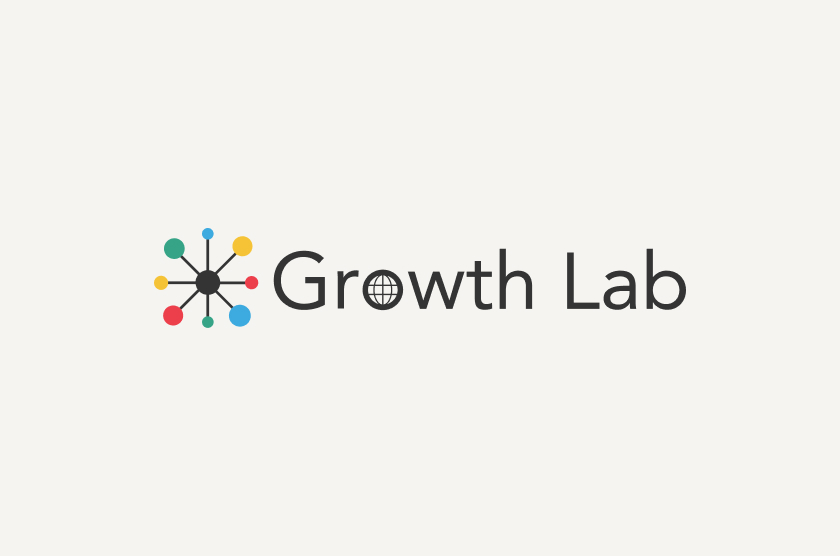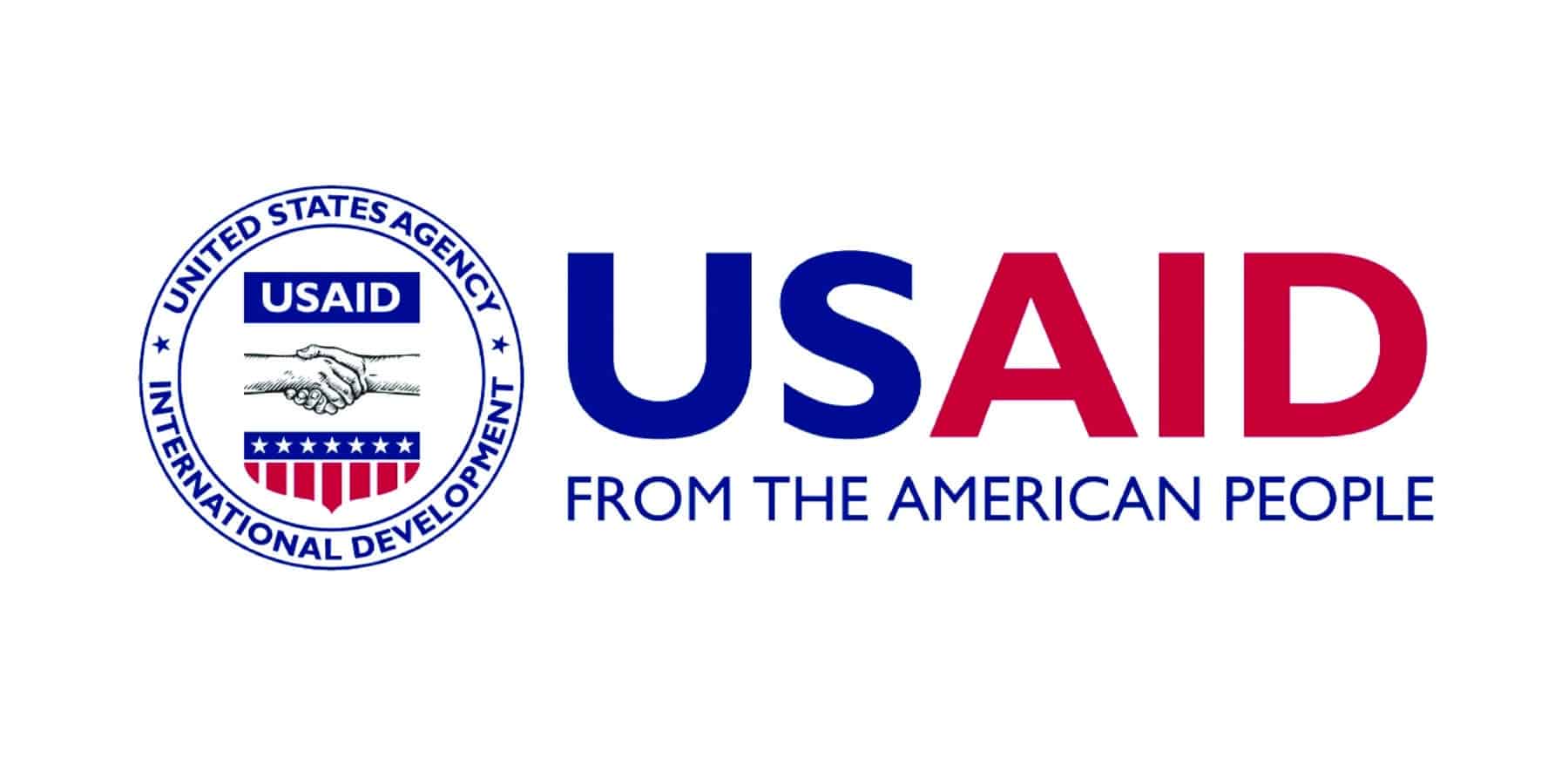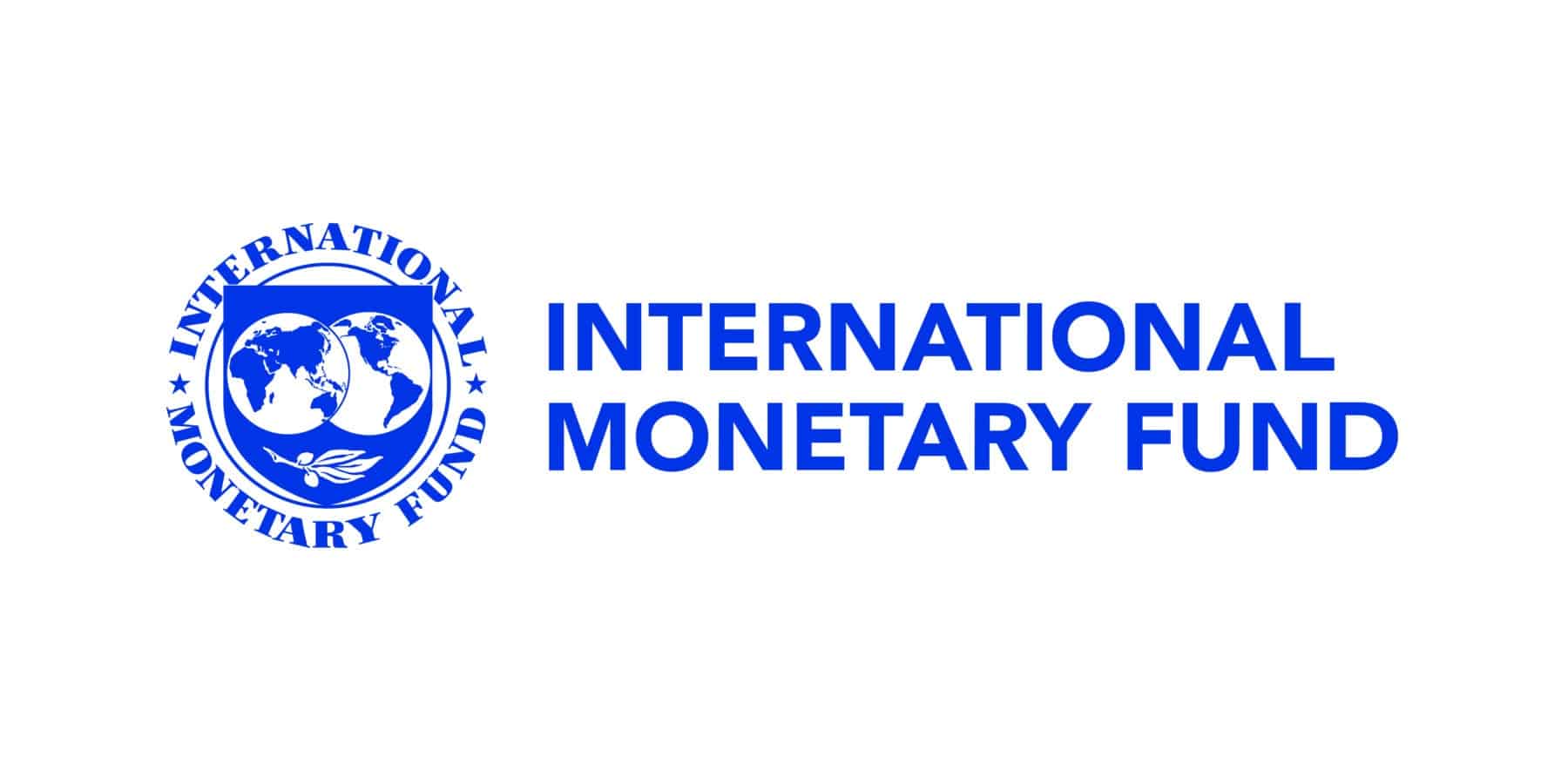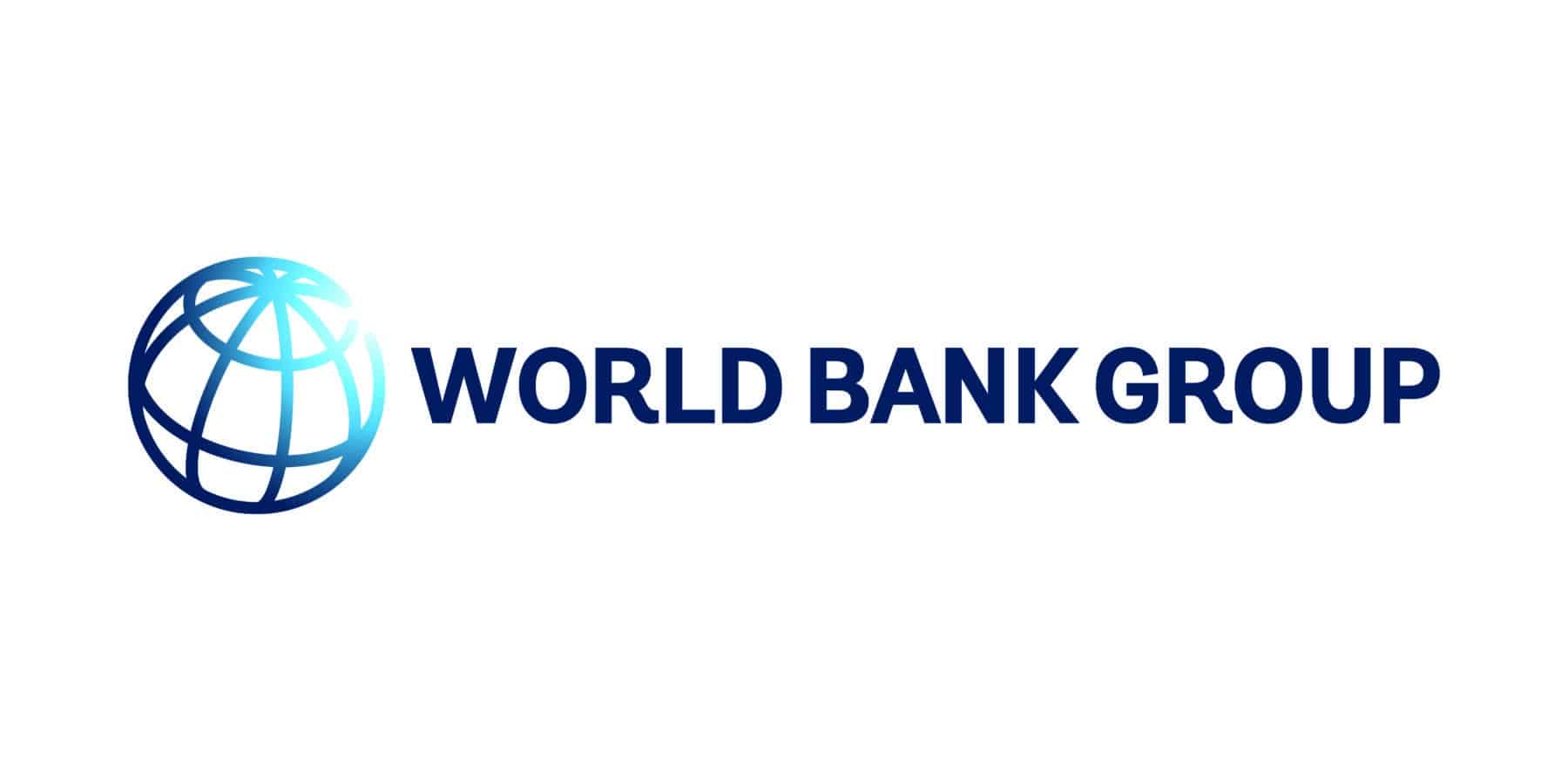Working Papers
Hausmann, R., et al., 2022
Executive Summary Ethiopia suffers from a chronic shortage of foreign exchange (forex).[1] The resulting lack of access to imports prevents firms from accessing imported inputs required for production. This creates […]
Executive Summary
Ethiopia suffers from a chronic shortage of foreign exchange (forex).[1] The resulting lack of access to imports prevents firms from accessing imported inputs required for production. This creates a vicious cycle as exporters are constrained by this same problem, which further reduces overall supply of foreign exchange in the Ethiopian economy. The inability to reliably access foreign exchange for imports affects firm decisions on sourcing, capacity, and output. While the cost of this constraint is known to be high on the Ethiopian economy and firms are known to use a range of measures to attempt to bypass this constraint, quantitative assessments of the problem and response actions by firms are limited. It is in this context that an importer survey was conducted with the goal of informing policy decisions. A total of 202 firms with an active importing license were interviewed in March-April 2022. These firms were randomly sampled from firms registered with an importer license.
All firms interviewed reported that they were operating below capacity, often well below capacity. Foreign exchange shortages were the main reason respondent firms cited for not operating at full capacity (63% of firms reporting this as their biggest constraint). Forex shortages far surpass the second and third reasons cited for not operating at full capacity — constraints due to the conflict (13%) and COVID-19 restrictions (11%). Firms operating below capacity cited forex shortages as the main constraint, regardless of whether they imported or not in the previous year. This was the most pressing constraint reported by firms of all sizes and sectors surveyed. It was the most pressing constraint faced by exporters and by foreign-owned firms as well as non-exporters and domestic firms. Amongst the total sample of firms with a renewed importer license, more than one-third of respondent firms (37%) had not imported in FY2020-21.
Overall, 74% of firms reported experiencing challenges in accessing forex. Access to forex was reported as most challenging for manufacturing firms and smaller firms but impacted all sectors and firm sizes. The losses attributed to forex scarcity at the firm level were largest for agricultural firms, for micro-firms, and for firms that did not import at all in the previous year. In general, the larger the firm sales, the higher the likelihood that they were able import. The survey found different types of imports for different sectors. Manufacturing firms imported a large share semi-finished goods as imports as compared to agricultural firms that primarily imported finished goods. The survey results find that foreign exchange shortages and an inability to import are most severe for the manufacturing and agriculture sectors, small and micro-sized firms, and all non-exporters. However, the constraint is also the top problem facing all firm types in the survey, including exporters and foreign-owned firms.
The primary means of accessing foreign exchange where it did occur was through specialized forex accounts or ‘diaspora’ accounts. The second most common means of accessing foreign exchange was through retention accounts available to exporters. The black market featured in many responses, but questions across the survey suggest that self-reported use of the black market by survey participants is underreported versus actual usage. The ability to source foreign exchange differed significantly by firm size. Exporting firms primarily used retention account earnings, as compared to non-exporters, which relied more on forex accounts. For faster access to forex, most firms reported that they approach banks, followed by turning to the black market. Friends and family abroad also served as a source of forex for one-quarter of firm respondents, and that foreign exchange was often used immediately. Foreign exchange access from banks is nevertheless a major pain point for firms. Most firms (55%) requested forex from a bank in the past year. On average, fulfilled forex requests took three months to be processed when they were fulfilled, but many firms reported that they have an unfulfilled request that has been in the system for more than a year. These firms are especially likely to report foreign exchange access as their top challenge.
The survey finds that individual firms do not tend to use both official and black-market foreign exchange sources but rather tend to access all their forex at the (lower) official rate or all at the (higher) black-market. Large firms import most of their products at the official rate. By contrast, most small and micro firms import through other means. Manufacturing firms are also more likely to import all their production through other means and outside of the banking system. Non-exporting firms tended to import through other means than the official rate and outside of the banking system at a higher prevalence than exporting firms. The survey gleaned new insights on the implicit exchange rate that firms face as they navigate official and black-market channels of foreign exchange access. The survey does not allow for a precise estimate of the transaction-weighted exchange rate facing the economy but finds firm-level estimates align with previous macro-level estimates. The implicit exchange rate was higher for non-exporting firms, which show a greater willingness to pay a higher exchange rate to access imports. This signals the importance of the retention account for exporters to guarantee an import price closer to the official exchange rate.
When asked about the maximum rate firms would pay to guarantee access to forex, some groups of firms were willing to pay higher amounts, including all non-exporters, firms that imported in the past year, and those that declared forex access a challenge. When compared to the implied rate they paid in the past year, many firms are willing to pay more than the implied rate to guarantee access to forex. Firm perspectives on policy changes to the exchange rate underscored challenges faced by policymakers. Current policy has been one of a crawling peg, with changes within the last several years to increase the rate of devaluation. The survey asked respondents about their support for faster devaluation, for a one-off movement to unify the official rate with the black-market rate, or about alternative exchange rate systems such as a floating exchange rate. Most respondents (71%) opposed maintaining the current regime, yet no option received majority support. Most firms appear to want both a stronger exchange rate and easier access to foreign exchange despite a tradeoff between these two priorities. The largest share of support for policy change was to adjust the exchange rate such that the official rate matches the black-market rate.
[1] See “
Development in a Complex World: The Case of Ethiopia” – the Growth Lab’s compendium of project research from its
Advancing Economic Diversification in Ethiopia project.























